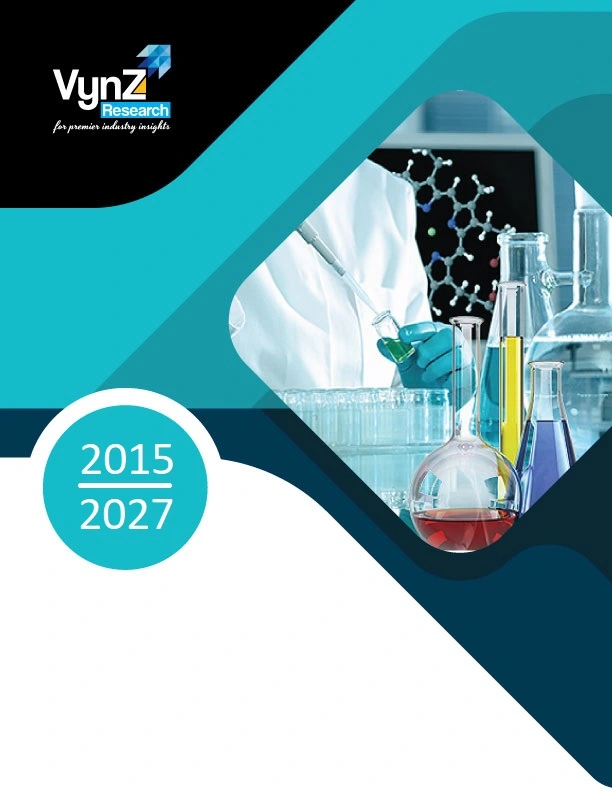Industry Overview
Polypropylene is a thermoplastic polymer which is prepared by the polymerization of propylene. Catalyst plays a very important role in the polymerization of propylene to polypropylene. During the manufacturing of polypropylene, catalyst component is used depending upon the process.
.jpeg)
The global polypropylene catalyst market is registering a good growth in the recent years, owing to the increasing demand of catalyst to produce polypropylene for further use. Polypropylene is used in a wide range of applications such as food packaging, ropes, plastic parts, textiles, laboratory equipment, automotive components, and others.
Polypropylene Catalyst Market Segmentation
Insight by Type
On the basis of type, the polypropylene catalyst market is segmented into Ziegler-Natta, Metallocene, and others. Of these, Ziegler-Natta is one of the most commonly used catalyst in the production of polypropylene, as it provides very good morphology control during the polymerization process. It provides easy and controlled production of polypropylene, hence are widely accepted and used in the industry. Along with that, it ensures competitive operational cost while maintaining the flexibility in the process to customize polypropylene products for different applications.
Insight by Manufacturing Process
Based on manufacturing process, the polypropylene catalyst market is classified into gas phase, bulk process, and others. The gas phase process is anticipated to grow at the highest rate during the forecast period. Gas phase process produces a very high quality polypropylene while ensuring minimal residual polypropylene. At the same time, it does not require the removal of catalyst residues manually. Monomers are similar in both the processes, however in case of gas phase, the polymerization is carried out in propylene gas instead of liquefied propylene. Cost-effectiveness of the process is the major factor driving the gas phase process market growth.
Global Polypropylene Catalyst Market Report Coverage
|
Report Metric
|
Details
|
|
Historical Period
|
2018 - 2023
|
|
Base Year Considered
|
2024
|
|
Forecast Period
|
2025 - 2030
|
|
Market Size in 2024
|
U.S.D. xx Billion
|
|
Revenue Forecast in 2030
|
U.S.D. xx Billion
|
|
Growth Rate
|
xx%
|
|
Segments Covered in the Report
|
By Type, and By Manufacturing Process
|
|
Report Scope
|
Market Trends, Drivers, and Restraints; Revenue Estimation and Forecast; Segmentation Analysis; Impact of COVID-19; Companies’ Strategic Developments; Market Share Analysis of Key Players; Company Profiling
|
|
Regions Covered in the Report
|
North America, Europe, Asia-Pacific, Middle East, and Rest of the World
|
Industry Dynamics
Polypropylene Catalyst Market Growth Drivers
The main factors driving the polypropylene catalyst market growth are the increasing production of polypropylene for various applications and growing research and development activities for the development of improved polypropylene catalyst. The production of polypropylene is increasing to meet the demand from various industries for different applications including packaging of consumer products, automotive products, textiles, housewares, medicines, tubing, and others. Moreover, polypropylene is one of the most commonly used plastic across the world, hence the demand of the same is increasing, resulting in the growth of the market.
Polypropylene Catalyst Market Challenges
Development of hazard free catalyst with improved properties is the major challenge identified in the polypropylene catalyst market growth. The manufacturers of polypropylene are demanding improved catalysts with better properties for the production of polypropylene. For instance, Sud-Chemie has launched C-Max catalysts for the propylene polymerization, which is highly optimized for the manufacturing of polypropylene grades in a variety of process platforms, which enables the manufacturers to produce entire product range without catalyst change. Hence, the continuous requirement of such developments and innovations are posing as a challenge in the market.
Recent Developments By the Key Players
LyondellBasell (LYB) acquired APK AG in Merseburg, Germany. APK will be fully integrated and continue as part of LYB, a sustainability leader in the chemical industry. It is LYB’s ambition to further develop the company’s unique solvent-based technology for low density polyethylene (LDPE) and build commercial plants in the future. This will enable LYB to produce new high-purity materials that can be used in applications like flexible packaging for personal care products, to meet the demands of customers and brand owners.
Sumitomo Chemical has acquired all shares of Philagro Holding, S.A. which is its France-based consolidated subsidiary engaged in sales of crop protection products. In addition, Sumitomo Chemical is to acquire all shares of another of its consolidated subsidiary, the Spanish crop protection sales company Kenogard, S.A.
Polypropylene Catalyst Market Industry Ecosystem
Propylene prices are highly dependent on the crude oil prices, making it highly volatile, and can also hinder the polypropylene catalyst market growth. Also, the production of propylene is expected to be tighter in the coming years, as very few new projects are commissioned in the recent years, which might not be able to meet the increasing demand of the market. In 2015, the global polypropylene capacity was 72m tonnes per year.
Polypropylene Catalyst Market Geographic Overview
Asia-Pacific is anticipated to register the highest growth during the forecast period in the polypropylene catalyst market, which is mainly derived by the increasing demand from end-user industries which includes automotive, chemical, packaging, optical, and others. Also, the region is attracting foreign investors, owing to the benefits it offers such as low labor cost, easy availability of raw material, rising urban population, and others.
Polypropylene Catalyst Market Competitive Insights
To enhance the market share in the polypropylene catalyst industry, the companies are adopting various strategies such as acquisitions, expansion, supply contracts, and many others.



.jpeg)